Harvesting broccoli backyard bounty can be one of the most rewarding experiences for any home gardener! Imagine this: you’ve nurtured your broccoli plants from tiny seedlings, patiently watching them grow, and now, the moment of truth has arrived. You’re ready to reap the rewards of your labor with a delicious, homegrown harvest. But are you sure you know the right way to do it?
For centuries, cultivating our own food has been a cornerstone of self-sufficiency and a connection to the earth. From ancient Roman gardens to the victory gardens of World War II, growing your own vegetables, including broccoli, has always been a way to ensure fresh, healthy food is available right at your doorstep. It’s a tradition that continues to thrive today, and I’m so excited to share some tips and tricks with you!
Let’s face it, knowing when and how to properly harvest your broccoli can be a little tricky. Pick it too early, and you’ll miss out on its full flavor and size. Wait too long, and you risk the florets opening up and becoming bitter. That’s why I’ve put together this guide filled with easy-to-follow DIY hacks that will help you master the art of harvesting broccoli backyard style.
I’m going to show you how to identify the perfect time to harvest, the best tools to use, and even some clever ways to extend your harvest season. Get ready to enjoy the freshest, most flavorful broccoli you’ve ever tasted, all thanks to your own green thumb and a little bit of know-how!
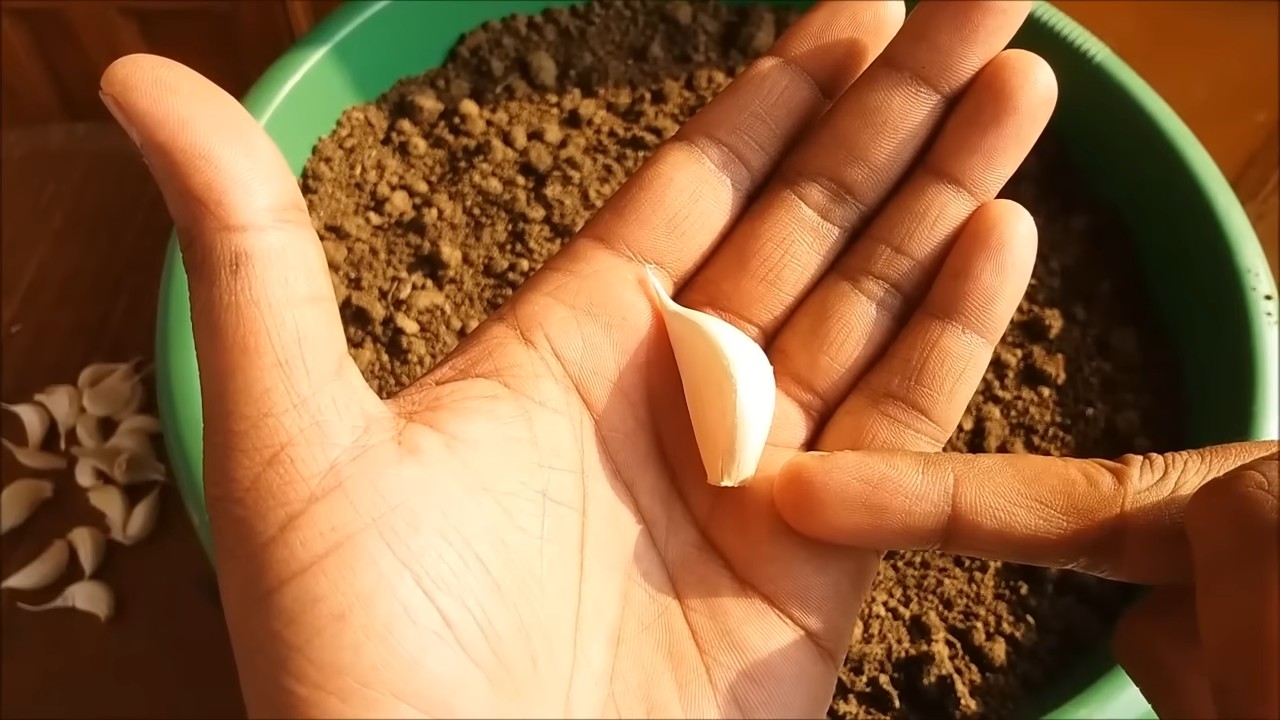
Harvesting Broccoli Like a Pro: From Backyard to Table
Okay, so you’ve nurtured your broccoli plants, watched them grow, and now those beautiful heads are finally forming. Exciting, right? But knowing when and how to harvest broccoli is crucial to enjoying its peak flavor and encouraging further growth. Don’t worry, I’m here to guide you through the process step-by-step. It’s easier than you think!
Knowing When Your Broccoli is Ready
This is probably the most important part. Harvesting too early, and you’ll miss out on size and flavor. Harvesting too late, and you’ll end up with a bitter, flowering mess. Here’s what to look for:
* Head Size: The main head should be a good size, usually between 4-7 inches in diameter, depending on the variety. Check your seed packet or plant tag for specific size expectations.
* Tight Florets: The individual florets that make up the head should be tightly closed and compact. If they start to loosen or separate, or if you see yellow petals beginning to appear, it’s time to harvest immediately. Those yellow petals mean your broccoli is bolting (going to seed), and the flavor will deteriorate quickly.
* Color: The head should be a deep, even green color. Avoid harvesting if the head is turning yellow or brown.
* Firmness: Gently squeeze the head. It should feel firm and solid, not soft or spongy.
Tools You’ll Need
Before you head out to the garden, gather these essential tools:
* Sharp Knife or Pruning Shears: A sharp blade is crucial for a clean cut, which helps prevent disease and encourages side shoot growth.
* Gloves (Optional): Broccoli leaves can sometimes be a bit prickly, so gloves can protect your hands.
* Basket or Bag: To carry your harvested broccoli.
* Water (Optional): A bucket of cool water to immediately submerge the harvested broccoli to help retain its freshness.
Harvesting the Main Head
This is the main event! Follow these steps carefully:
1. Choose the Right Time: The best time to harvest broccoli is in the morning, after the dew has dried, but before the sun gets too hot. This helps to preserve the broccoli’s moisture and flavor.
2. Inspect the Head: Double-check that the head meets all the criteria for ripeness: good size, tight florets, deep green color, and firmness.
3. Make the Cut: Using your sharp knife or pruning shears, cut the main head from the plant at an angle. Leave about 5-6 inches of stem attached to the head. This will help keep the head fresh and hydrated. The cut should be made about 4-6 inches below the head.
4. Handle with Care: Gently lift the harvested head and place it in your basket or bag. Avoid bruising or damaging the florets.
5. Optional: Submerge in Water: If you have a bucket of cool water, immediately submerge the harvested broccoli head. This helps to remove any dirt or insects and keeps the broccoli crisp.
6. Store Properly: If you’re not going to eat the broccoli right away, store it in the refrigerator. Wrap the head loosely in a damp paper towel and place it in a plastic bag with a few holes for ventilation. Broccoli is best consumed within 3-5 days of harvesting.
Encouraging Side Shoot Production
Here’s the secret to getting even more broccoli from your plants! After you harvest the main head, don’t pull up the plant! Broccoli plants will often produce smaller side shoots from the leaf axils (the point where the leaves meet the stem). These side shoots are like mini-broccoli heads, and they’re just as delicious as the main head.
1. Leave the Plant Intact: After harvesting the main head, leave the plant in the ground.
2. Water and Fertilize: Continue to water and fertilize the plant as needed. This will provide the nutrients it needs to produce side shoots.
3. Monitor for Growth: Keep an eye on the leaf axils for the development of small broccoli heads.
4. Harvest Side Shoots: When the side shoots reach a desirable size (usually 2-4 inches in diameter), harvest them in the same way you harvested the main head. Cut the stem just below the head.
5. Repeat: Continue to monitor and harvest side shoots as they develop. You can often get several harvests of side shoots from a single plant.
Troubleshooting Common Problems
Even with the best care, you might encounter some challenges when growing and harvesting broccoli. Here are a few common problems and how to address them:
* Bolting (Premature Flowering): If your broccoli starts to flower before the head is fully developed, it’s likely due to heat stress or inconsistent watering. Harvest the head immediately, even if it’s smaller than you’d like. To prevent bolting, choose heat-tolerant varieties, provide shade during hot weather, and water regularly.
* Cabbage Worms: These pesky caterpillars can devour your broccoli leaves and heads. Inspect your plants regularly for signs of infestation (holes in leaves, droppings). Handpick the worms or use an organic insecticide like Bacillus thuringiensis (Bt).
* Aphids: These tiny insects can suck the sap from your broccoli plants, weakening them and causing stunted growth. Spray aphids with a strong stream of water or use insecticidal soap.
* Clubroot: This soilborne disease can cause swollen, distorted roots and stunted growth. To prevent clubroot, plant broccoli in well-drained soil, rotate your crops, and amend the soil with lime to raise the pH.
* Uneven Head Development: Sometimes, the florets in a broccoli head may develop unevenly. This can be due to inconsistent watering, nutrient deficiencies, or pest damage. Ensure your plants receive consistent moisture and adequate fertilization.
Tips for Delicious Broccoli
Now that you’ve harvested your broccoli, here are a few tips for enjoying its delicious flavor:
* Eat it Fresh: Broccoli is best eaten fresh, within a few days of harvesting.
* Don’t Overcook: Overcooked broccoli becomes mushy and loses its flavor and nutrients. Steam, roast, or stir-fry broccoli until it’s tender-crisp.
* Experiment with Flavors: Broccoli pairs well with a variety of flavors, including garlic, lemon, cheese, nuts, and herbs.
* Use the Stalk: Don’t throw away the broccoli stalk! It’s just as nutritious and flavorful as the florets. Peel the tough outer layer and chop the stalk into bite-sized pieces. You can steam, roast, or stir-fry it along with the florets.
* Freeze for Later: If you have more broccoli than you can eat, you can freeze it for later use. Blanch the broccoli florets in boiling water for 3 minutes, then plunge them into ice water to stop the cooking process. Drain well and freeze in a single layer on a baking sheet. Once frozen, transfer the florets to a freezer bag.
Enjoying the Fruits (or Vegetables!) of Your Labor
There you have it! Harvesting broccoli is a rewarding experience that allows you to enjoy fresh, homegrown vegetables. By following these steps, you can ensure that you harvest your broccoli at its peak flavor and encourage further growth for a bountiful harvest. Happy gardening, and happy eating!
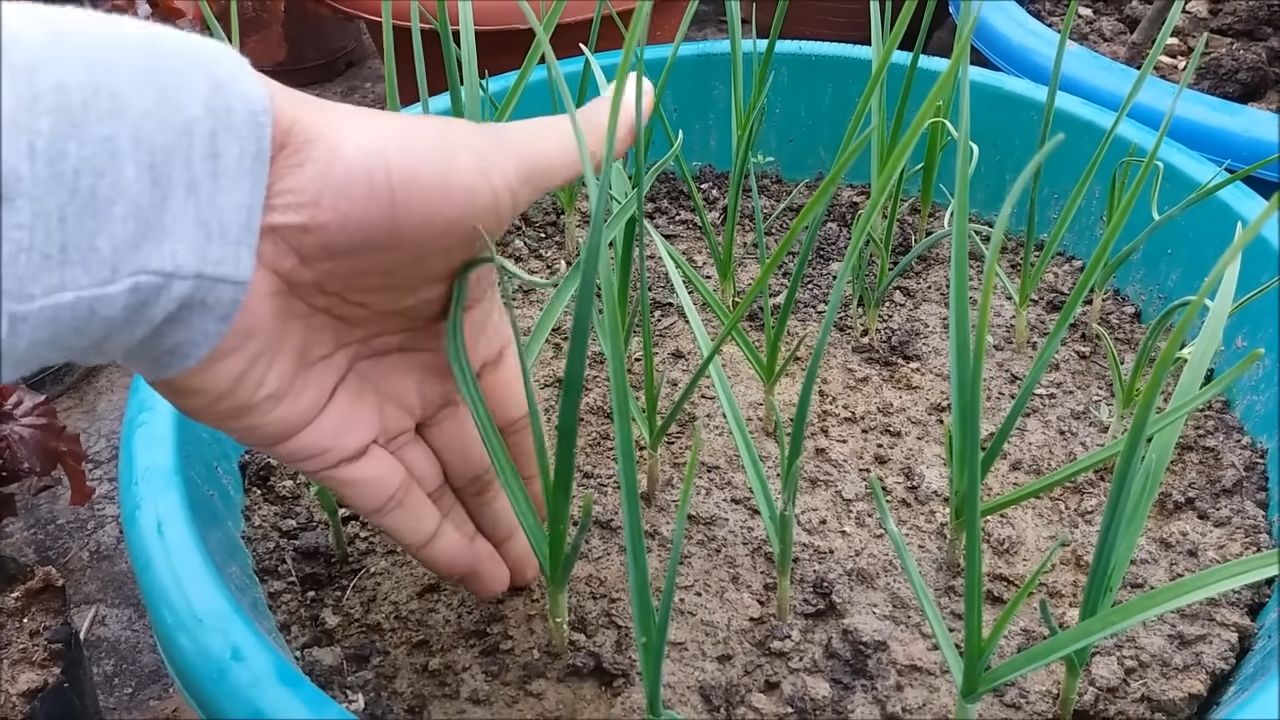
Conclusion
So, there you have it! Mastering the art of harvesting broccoli from your own backyard isn’t just about saving money; it’s about connecting with your food, enjoying unparalleled freshness, and experiencing the satisfaction of nurturing something from seed to table. This DIY trick, harvesting broccoli backyard, is a game-changer for any home gardener, regardless of experience level.
Why is this a must-try? Because store-bought broccoli simply can’t compete with the vibrant flavor and crisp texture of freshly harvested broccoli. The moment you cut that head from the stalk, the clock starts ticking on its nutritional value and taste. By harvesting your own, you’re ensuring you’re getting the absolute best broccoli possible. Plus, it significantly reduces food waste. You only harvest what you need, when you need it.
But the benefits don’t stop there. Harvesting broccoli backyard also allows you to control the entire process, from choosing organic seeds to avoiding harmful pesticides. You know exactly what’s going into your food, giving you peace of mind and promoting a healthier lifestyle.
Looking for variations? Consider these:
* **Succession Planting:** Plant broccoli seeds every few weeks to ensure a continuous harvest throughout the growing season. This way, you’ll always have fresh broccoli on hand.
* **Broccoli Raab:** Don’t discard the leaves! Broccoli leaves are edible and delicious. They can be sauteed, steamed, or added to soups and stews. They have a slightly bitter, peppery flavor that adds depth to any dish.
* **Side Shoots:** After harvesting the main head, your broccoli plant will often produce smaller side shoots. These are just as delicious and provide an extended harvest. Keep an eye out for them and harvest them regularly.
* **Freezing for Later:** If you have a bumper crop, blanch and freeze your broccoli to enjoy it throughout the year. This is a great way to preserve the freshness and flavor of your homegrown broccoli.
* **Companion Planting:** Plant beneficial companion plants like marigolds, nasturtiums, and dill around your broccoli to deter pests and attract pollinators. This will help ensure a healthy and abundant harvest.
We urge you to give this DIY trick a try. It’s easier than you might think, and the rewards are well worth the effort. Imagine serving a delicious broccoli dish made with broccoli you grew yourself. The pride and satisfaction are unmatched.
Don’t be afraid to experiment and find what works best for you and your garden. Every garden is unique, and the best way to learn is by doing.
Once you’ve harvested your first head of broccoli, we’d love to hear about your experience! Share your tips, tricks, and photos in the comments below. Let’s build a community of backyard broccoli growers and inspire others to embrace the joys of homegrown food. Happy gardening!
Frequently Asked Questions (FAQ)
Q: When is the best time to harvest broccoli from my backyard?
A: The ideal time to harvest broccoli is when the head is firm, tight, and the individual florets are still tightly closed. You want to harvest before the florets start to open and show yellow flowers. This indicates that the broccoli is starting to bolt and will become bitter. Check your broccoli plants regularly, especially during warm weather, as they can mature quickly. The size of the head isn’t always the best indicator of ripeness; focus on the tightness of the florets. Generally, broccoli is ready for harvest 50-80 days after transplanting, depending on the variety.
Q: How do I harvest broccoli without damaging the plant?
A: Use a sharp knife or garden shears to cut the main head of broccoli from the plant. Make the cut at an angle, about 5-6 inches below the head. This will encourage the plant to produce side shoots, which you can harvest later. Be careful not to damage the surrounding leaves or the main stem of the plant. After harvesting the main head, continue to water and fertilize the plant to promote the growth of side shoots.
Q: What if my broccoli head is starting to flower? Can I still harvest it?
A: If your broccoli head is just starting to show a few yellow flowers, you can still harvest it. The flavor may be slightly less sweet, but it will still be edible. However, if the head is covered in flowers, it’s best to discard it, as it will be too bitter. To prevent bolting, make sure to water your broccoli plants regularly and provide them with shade during hot weather.
Q: How do I store freshly harvested broccoli?
A: To store freshly harvested broccoli, wrap it loosely in a damp paper towel and place it in a plastic bag in the refrigerator. This will help keep it fresh and crisp for up to a week. Avoid washing the broccoli before storing it, as this can promote spoilage. When you’re ready to use it, wash it thoroughly under cold water.
Q: My broccoli plant isn’t producing a head. What could be the problem?
A: There are several reasons why your broccoli plant might not be producing a head. Common causes include:
* **Insufficient Sunlight:** Broccoli needs at least 6 hours of direct sunlight per day to thrive.
* **Poor Soil:** Broccoli prefers well-drained soil that is rich in organic matter.
* **Lack of Nutrients:** Broccoli is a heavy feeder and needs regular fertilization.
* **Pests and Diseases:** Pests like cabbage worms and diseases like clubroot can stunt the growth of broccoli plants.
* **Temperature Stress:** Extreme heat or cold can also prevent broccoli from forming a head.
Make sure to address these issues to improve your chances of a successful harvest.
Q: Can I grow broccoli in containers?
A: Yes, you can grow broccoli in containers, but you’ll need to choose a large container (at least 5 gallons) and use a high-quality potting mix. Make sure the container has drainage holes to prevent waterlogging. Container-grown broccoli will need more frequent watering and fertilization than broccoli grown in the ground. Choose a compact variety of broccoli that is well-suited for container gardening.
Q: What are some common pests that attack broccoli plants, and how can I control them?
A: Common pests that attack broccoli plants include cabbage worms, aphids, flea beetles, and cabbage root maggots. Here are some ways to control them:
* **Handpicking:** Remove cabbage worms and other visible pests by hand.
* **Floating Row Covers:** Cover your broccoli plants with floating row covers to prevent pests from reaching them.
* **Insecticidal Soap:** Spray your plants with insecticidal soap to control aphids and other soft-bodied insects.
* **Bacillus thuringiensis (Bt):** Use Bt to control cabbage worms.
* **Diatomaceous Earth:** Sprinkle diatomaceous earth around your plants to deter flea beetles and other crawling insects.
* **Companion Planting:** Plant companion plants like marigolds and nasturtiums to repel pests.
Q: Is it better to start broccoli from seeds or transplants?
A: Both seeds and transplants can be successful, but transplants are generally easier for beginners. Starting from transplants gives you a head start and reduces the risk of pests and diseases. However, starting from seeds allows you to choose from a wider variety of broccoli and can be more cost-effective. If you’re starting from seeds, start them indoors 6-8 weeks before the last frost.
Q: How often should I water my broccoli plants?
A: Broccoli plants need consistent moisture to thrive. Water them deeply whenever the top inch of soil feels dry to the touch. Avoid overwatering, as this can lead to root rot. During hot weather, you may need to water your broccoli plants more frequently. Mulching around the plants can help retain moisture and reduce the need for watering.
Q: What kind of fertilizer should I use for broccoli?
A: Broccoli is a heavy feeder and needs a fertilizer that is rich in nitrogen, phosphorus, and potassium. You can use a balanced fertilizer (e.g., 10-10-10) or a fertilizer that is specifically formulated for vegetables. Apply fertilizer according to the package directions. You can also amend the soil with compost or other organic matter to provide nutrients. Side-dress your broccoli plants with fertilizer every few weeks during the growing season.

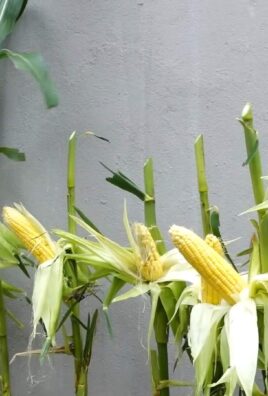
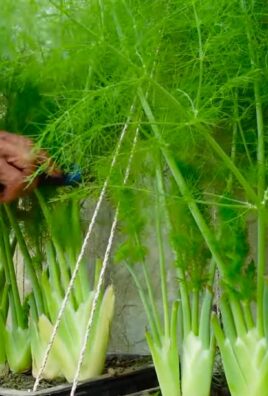
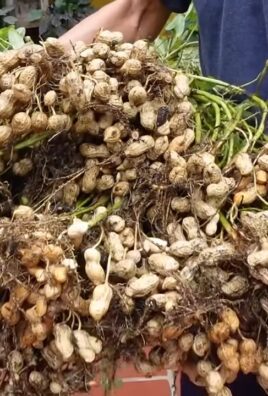
Leave a Comment